10 Best Herbal Creams For Fungal Skin Infection
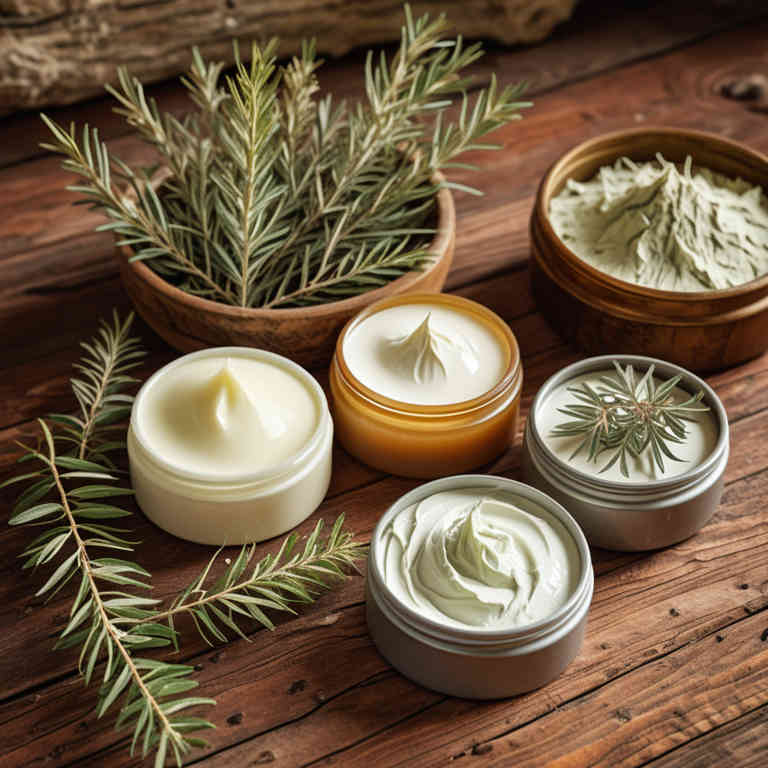
Herbal creams are natural remedies that contain plant-based ingredients known for their antifungal properties, making them a popular alternative to conventional antifungal treatments.
These creams often include ingredients such as tea tree oil, garlic, neem, and calendula, which have been traditionally used to combat fungal infections like athlete's foot and ringworm. They are generally considered safe for most skin types and may reduce the risk of side effects associated with synthetic antifungal medications. However, their effectiveness can vary, and they may not be sufficient for severe or persistent infections.
It is advisable to consult a healthcare professional before using herbal creams, especially if the infection does not improve or worsens over time.
FREE Herb Drying Checklist
How to make sure every batch retains maximum flavor, color, and aroma without the risk of mold or over-drying. Eliminate guesswork and trial-and-error, making herb drying faster, easier, and more efficient every time.
Table of Contents
1. Aloe barbadensis
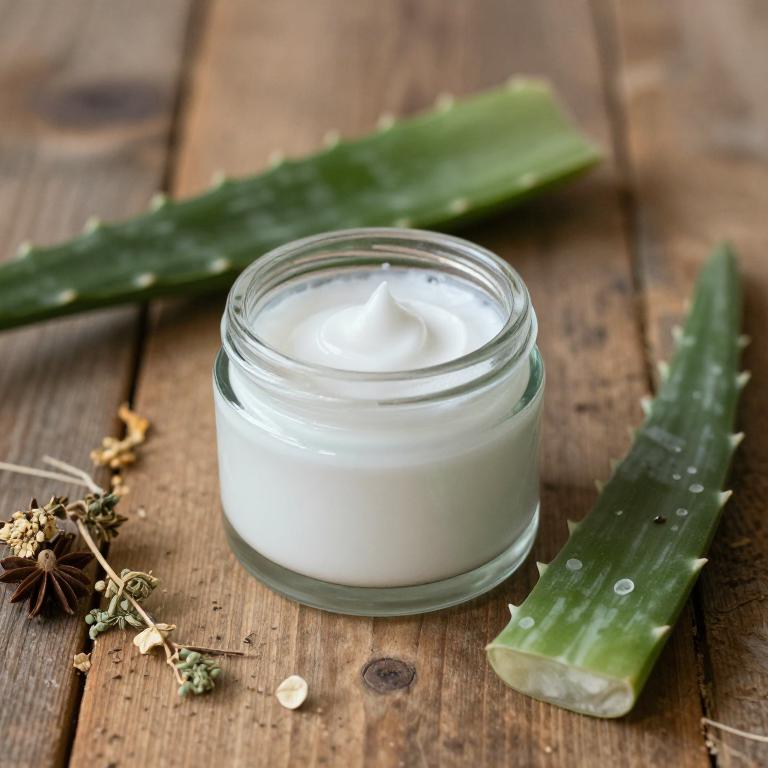
Aloe barbadensis, commonly known as aloe vera, is a natural plant that has been used for centuries for its soothing and healing properties.
Aloe-based herbal creams are often used to treat fungal skin infections due to their antimicrobial and anti-inflammatory effects. These creams contain compounds like aloin and polysaccharides that help reduce inflammation and promote skin regeneration. The moisturizing properties of aloe vera can also help prevent the skin from drying out, which is important in managing fungal infections.
While aloe vera may provide relief for mild fungal infections, it is advisable to consult a healthcare professional for more severe or persistent cases.
2. Zingiber officinale
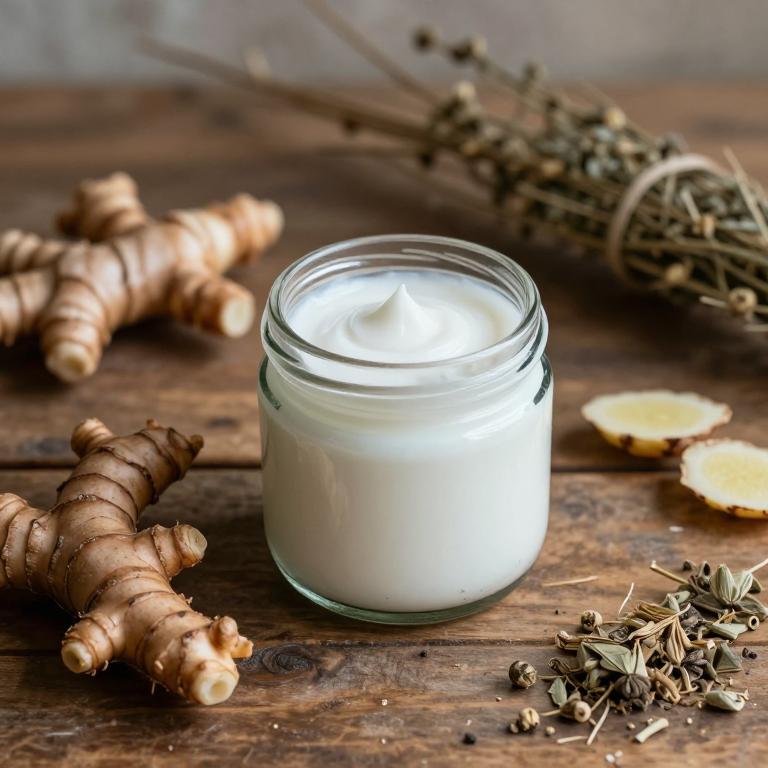
Zingiber officinale, commonly known as ginger, has been traditionally used for its anti-inflammatory and antimicrobial properties, making it a valuable ingredient in herbal creams for treating fungal skin infections.
These creams often combine ginger extract with other natural antifungal agents like tea tree oil or garlic to enhance their effectiveness against pathogens such as Candida and Trichophyton. The active compounds in ginger, including gingerol and shogaol, help reduce inflammation and inhibit fungal growth, promoting faster healing of affected skin areas. Herbal creams containing zingiber officinale are generally well-tolerated and may offer a gentler alternative to conventional antifungal medications, especially for individuals seeking natural remedies.
However, it is important to consult a healthcare professional before using these creams, especially for persistent or severe infections.
3. Teucrium polium
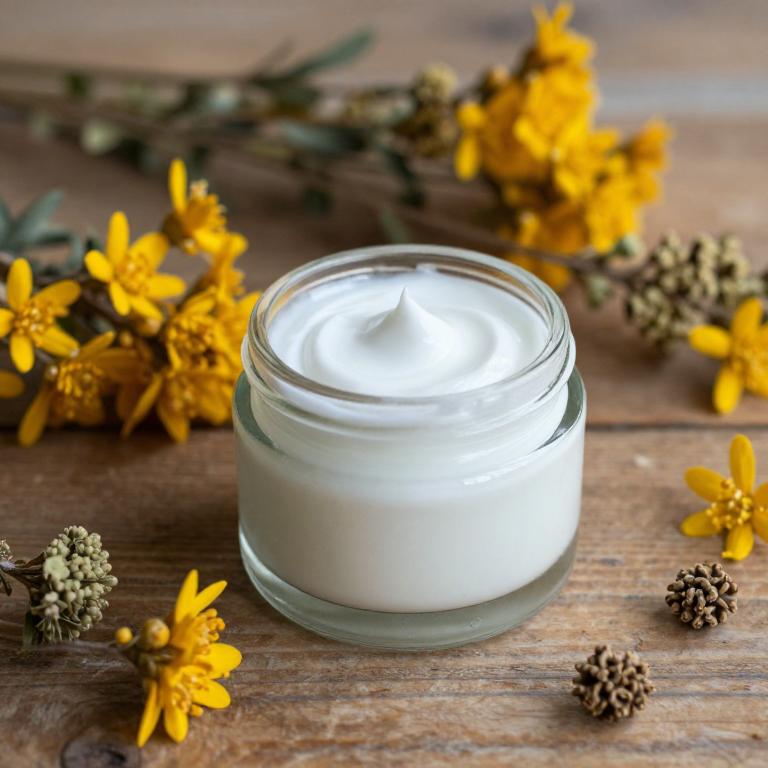
Teucrium polium, commonly known as "wild thyme," has been traditionally used for its antimicrobial and anti-inflammatory properties, making it a valuable ingredient in herbal creams for fungal skin infections.
These creams typically contain extracts of the plant, which have shown efficacy against common fungal pathogens such as Candida and Trichophyton. The active compounds in Teucrium polium, including thymol and flavonoids, contribute to its antifungal activity by disrupting fungal cell membranes and inhibiting their growth. When applied topically, these herbal creams can help reduce symptoms like itching, redness, and scaling associated with fungal infections.
Due to their natural composition, Teucrium polium creams are often preferred by individuals seeking alternative or complementary treatments to conventional antifungal medications.
4. Piper nigrum
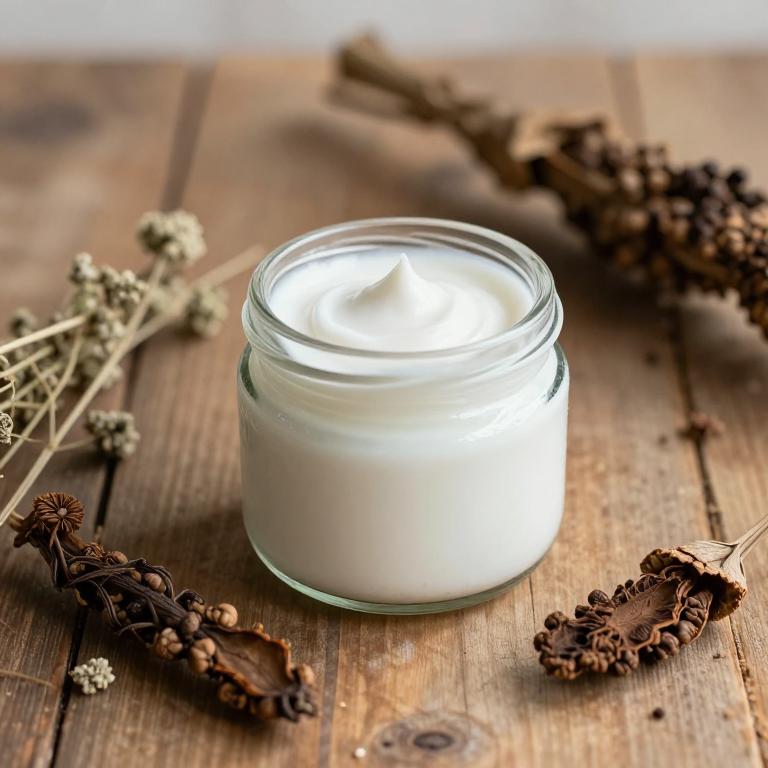
Piper nigrum, commonly known as black pepper, has been traditionally used in herbal medicine for its antimicrobial and anti-inflammatory properties.
When incorporated into herbal creams, piper nigrum can help combat fungal skin infections by inhibiting the growth of fungi such as Candida and Trichophyton. The active compound, piperine, enhances the penetration of other therapeutic agents and may boost the immune response against infection. These creams are often preferred by individuals seeking natural alternatives to conventional antifungal treatments.
However, it is important to consult a healthcare professional before using piper nigrum-based creams, especially for severe or persistent fungal infections.
5. Cinnamomum zeylanicum
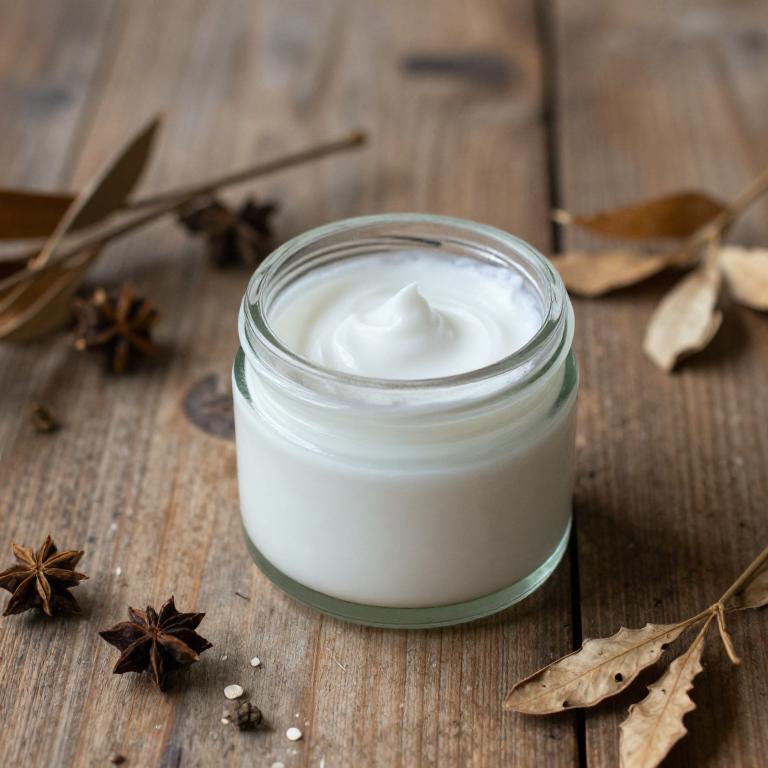
Cinnamomum zeylanicum, commonly known as cinnamon, is increasingly being used in herbal creams for the treatment of fungal skin infections due to its antimicrobial and antifungal properties.
The essential oils derived from cinnamon bark contain compounds like cinnamaldehyde and eugenol, which have been shown to inhibit the growth of various fungi, including Candida and Trichophyton species. These herbal creams offer a natural alternative to conventional antifungal treatments, appealing to individuals seeking safer, plant-based remedies. When applied topically, cinnamon-based creams can help reduce symptoms such as itching, redness, and scaling associated with fungal infections.
However, it is important to consult a healthcare professional before using these creams, especially for severe or persistent infections.
6. Eucalyptus globulus
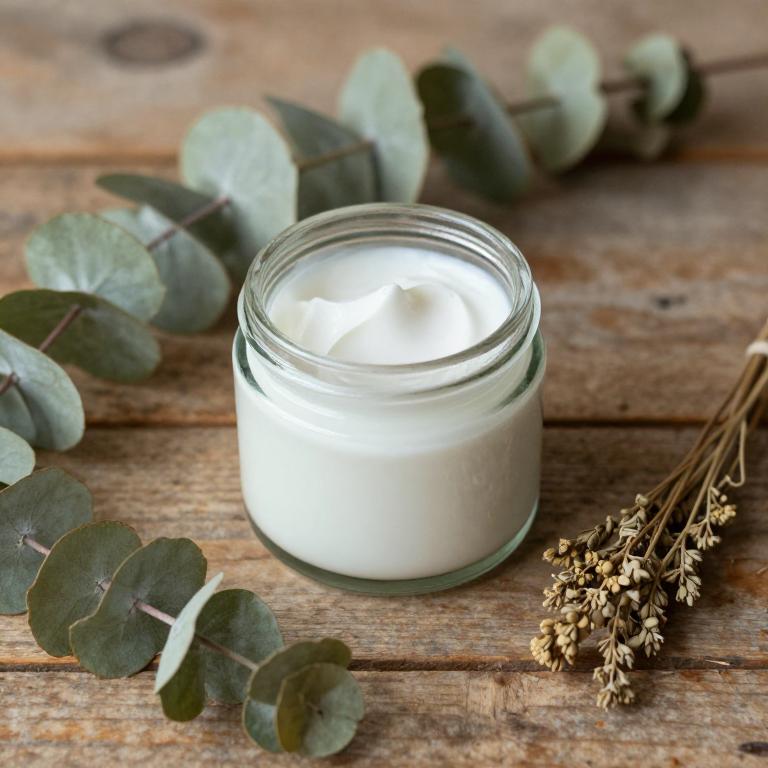
Eucalyptus globulus, commonly known as the Australian eucalyptus, is often used in herbal creams to treat fungal skin infections due to its antimicrobial and anti-inflammatory properties.
These creams typically contain extracts of eucalyptus leaves, which have been shown to inhibit the growth of fungi such as Candida and Trichophyton. The active compounds in eucalyptus, including eucalyptol and cineole, help to reduce redness, itching, and other symptoms associated with fungal infections. Herbal creams made from eucalyptus globulus are generally considered safe for topical use, though they should not replace medical treatment for severe or persistent infections.
When applied regularly, these creams can provide relief and support the healing process of mild to moderate fungal skin conditions.
7. Hypericum perforatum
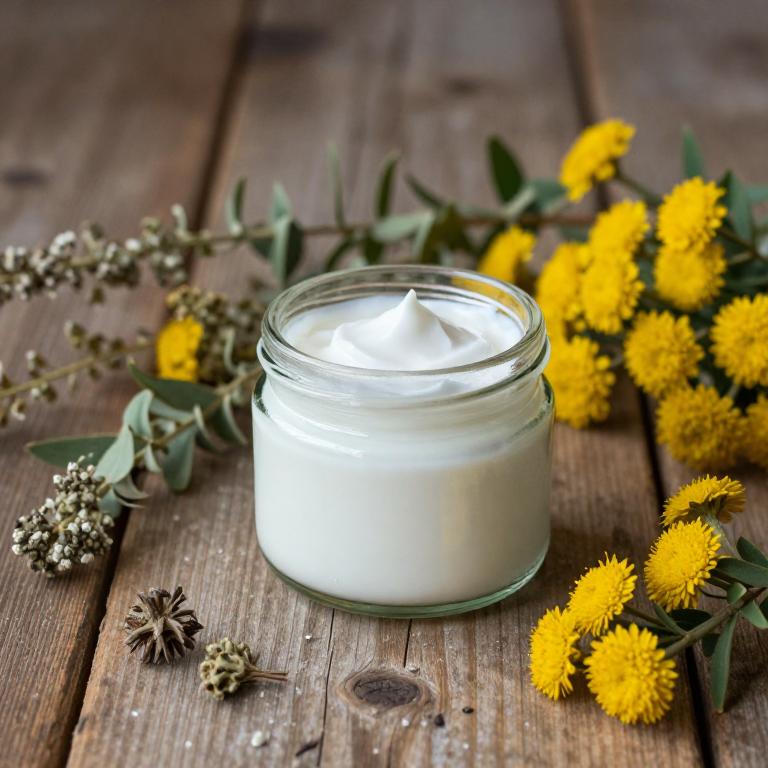
Hypericum perforatum, commonly known as St. John's Wort, is a herbal plant that has been traditionally used for its anti-inflammatory and antimicrobial properties.
Herbal creams containing Hypericum perforatum are increasingly being used to treat fungal skin infections due to their ability to inhibit the growth of fungi such as Candida and dermatophytes. These creams may help reduce symptoms like redness, itching, and scaling associated with fungal infections. However, they should be used with caution as they may interact with certain medications and can cause photosensitivity.
It is advisable to consult a healthcare professional before using Hypericum perforatum creams for fungal infections to ensure safety and effectiveness.
8. Lavandula angustifolia
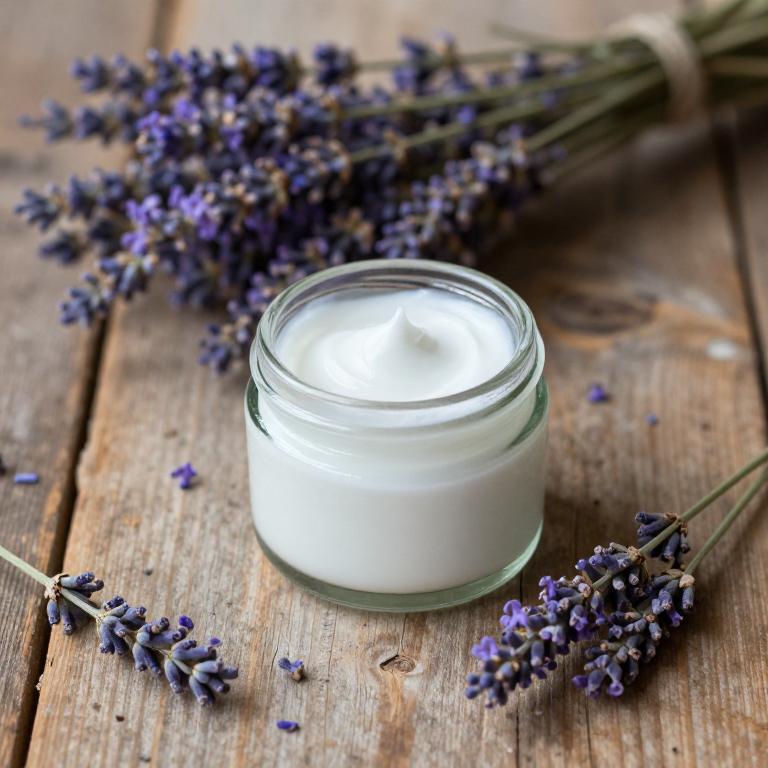
Lavandula angustifolia, commonly known as English lavender, is widely used in herbal creams for its antimicrobial and anti-inflammatory properties.
These creams often contain lavender essential oil, which has been shown to inhibit the growth of fungi such as Candida and Trichophyton. The soothing aroma of lavender also helps to relieve itching and irritation associated with fungal infections. When applied topically, lavender-based creams can reduce redness and promote skin healing.
Due to its natural and gentle formulation, lavender herbal cream is a popular alternative for those seeking non-chemical treatments for mild fungal skin infections.
9. Cnicus benedictus

Cnicus benedictus, commonly known as blessed thistle, is a herbal remedy traditionally used for its potential antifungal properties.
Herbal creams containing Cnicus benedictus are formulated to target fungal skin infections by leveraging the plant's natural compounds, which may inhibit the growth of fungi. These creams are often preferred by individuals seeking natural alternatives to conventional antifungal treatments. However, it is important to consult a healthcare professional before use, as the effectiveness and safety of such remedies can vary.
While some studies suggest promising results, more research is needed to fully understand their therapeutic potential.
10. Thymus vulgaris
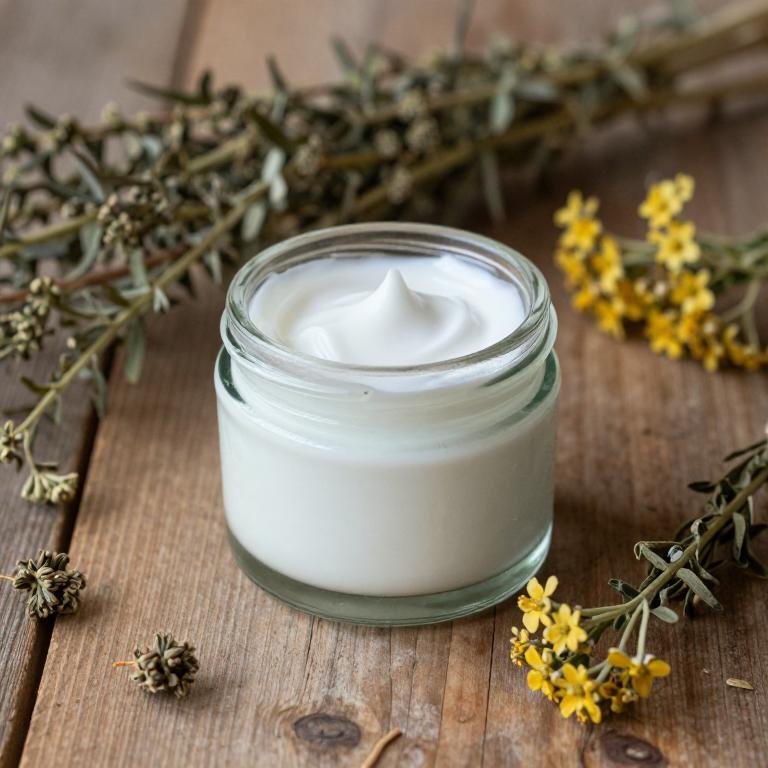
Thymus vulgaris, commonly known as thyme, is a herb that has been traditionally used for its antimicrobial and anti-inflammatory properties.
Thymus vulgaris herbal creams are formulated to harness these natural benefits, offering a natural alternative for treating fungal skin infections. The active compounds in thyme, such as thymol and carvacrol, have demonstrated effectiveness against various fungi, including those responsible for athlete's foot and ringworm. These creams work by disrupting the fungal cell membrane, inhibiting their growth and spread.
When applied topically, thymus vulgaris creams can provide relief from symptoms like itching and redness while promoting skin healing.